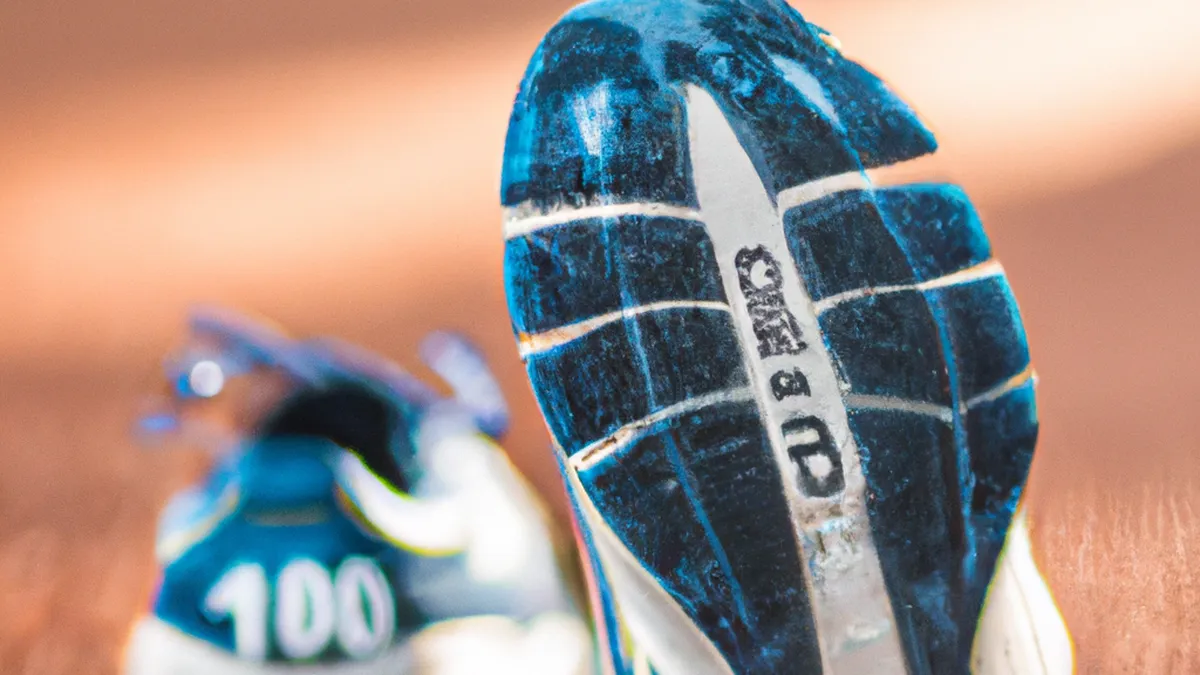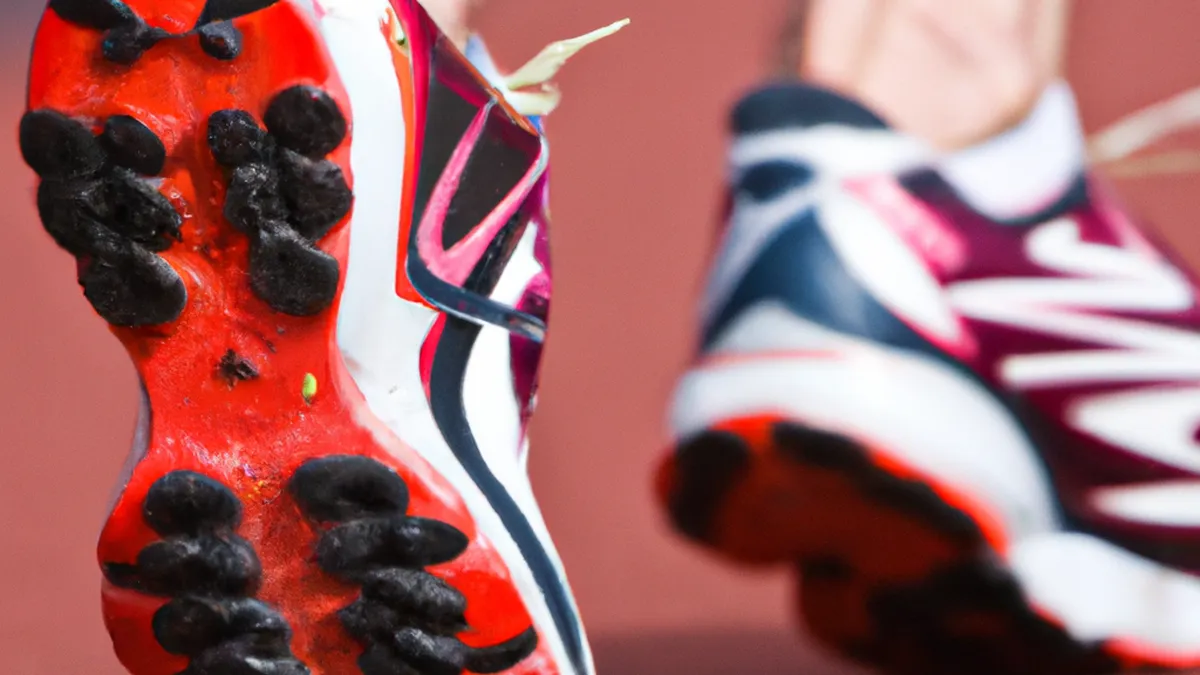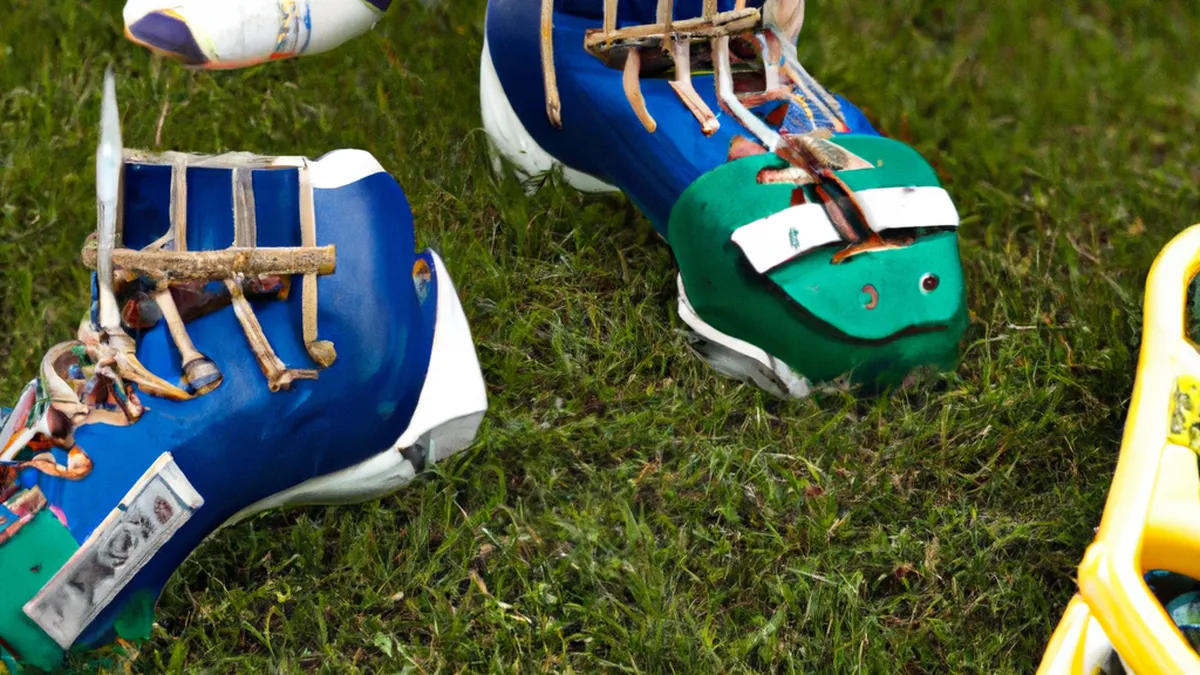Keep Calm and Pace In Cold Water
Race Pacing in Cold Water: Tips for SuccessSwimming in cold water brings unique challenges that affect your performance. Your body reacts differently as temperatures drop, making adjustments vital for race pacing. This blog post explores effective race pacing strategies for cold water environments. With valuable tips and insights, you’ll prepare for your next cold water race.
Understanding Cold Water Conditions
Cold water refers to temperatures below 60°F (15°C). At these temperatures, your body works harder to maintain core temperature. This effort leads to physiological changes that affect performance. Cold water can fatigue muscles faster, impairing swimming technique. The shock of cold water may trigger an involuntary gasp reflex, complicating your breathing rhythm.Understanding these factors helps you adjust your pacing strategy. Compensate for the added strain cold water places on your body to maintain optimal performance.
Tips for Effective Race Pacing
As an Amazon Associate I earn from qualifying purchases.
Gear tip: consider swim goggles, swim cap, and kickboard to support this topic.
Start Slow
Start your race at a conservative pace. The initial shock of cold water can overwhelm you. Starting too fast may lead to rapid fatigue. Easing into the race allows your muscles to acclimate to the temperature. This gradual buildup helps you gauge comfort levels and energy reserves, enabling a consistent pace.
Monitor Your Breathing
Cold water affects your breathing rate. As your body responds to the cold, you might take quicker breaths. Focus on controlled, rhythmic breathing to manage your heart rate. If your breath becomes erratic, slow your pace. A calm, steady breathing pattern maintains energy and keeps you mentally focused.
Use a Steady Stroke
Maintain a consistent stroke rate for effective pacing in cold water. A steady stroke conserves energy and promotes efficiency. Aim for fluid movements instead of choppy strokes. Choppy strokes increase resistance and lead to quicker fatigue. Practice your technique in training to maintain a steady stroke even in challenging conditions.
Adjusting Your Strategy
Recognize Your Limits
Swimming in cold water raises the risk of hypothermia. Be aware of your body’s signals during the race. If you feel excessively cold, fatigued, or disoriented, adjust your pace. Recognizing when to slow down is key to preserving your energy.
Conclusion
In summary, swimming in cold water requires careful pacing and adjustments. By following these tips, you can enhance your performance and enjoy your race.
Below are related products based on this post:
FAQ
What are the challenges of swimming in cold water?
Swimming in cold water presents unique challenges, including increased fatigue and impaired swimming technique. The cold can trigger an involuntary gasp reflex, complicating breathing and affecting overall performance. Understanding these factors is crucial for adjusting your race pacing strategy.
How should I start my race in cold water?
It is advisable to start your race at a conservative pace to allow your body to acclimate to the cold water. Beginning too quickly can lead to rapid fatigue and overwhelm your muscles. Easing into the race helps gauge comfort levels and maintain a consistent pace throughout.
What should I focus on regarding my breathing while swimming in cold water?
Monitoring your breathing is essential, as cold water can cause quicker breaths. Focus on controlled and rhythmic breathing to manage your heart rate effectively. If your breath becomes erratic, it’s important to slow your pace to maintain energy and mental focus.















Post Comment